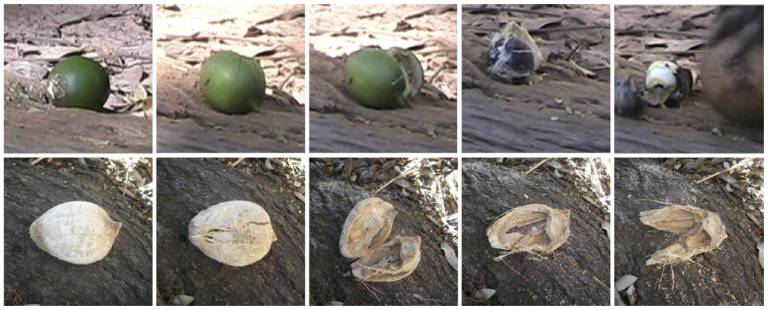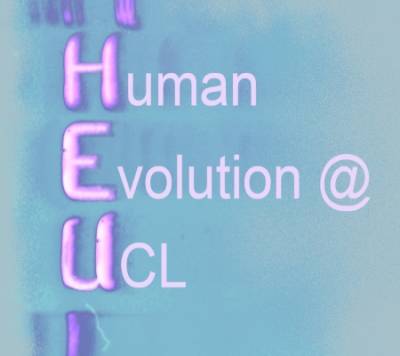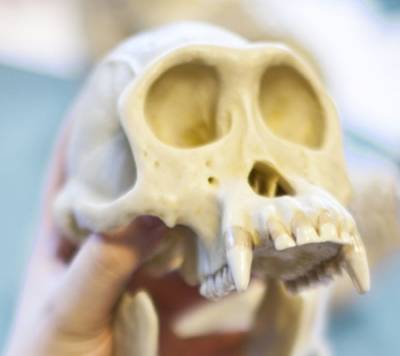A study looks at the anvil-and-hammer tool use of Brazillian Bearded Capuchin Monkeys
19 March 2016
Tool-assisted percussion is an ancient feature of human technology.
 Tool-assisted percussion is not uniquely human; chimpanzees, Pan troglodytes, longtailed macaques, Macaca fascicularis aurea, and capuchin monkeys (Sapajus spp.) use stone tools to crack open encased foods.
Tool-assisted percussion is not uniquely human; chimpanzees, Pan troglodytes, longtailed macaques, Macaca fascicularis aurea, and capuchin monkeys (Sapajus spp.) use stone tools to crack open encased foods.
The knowledge of how these nonhuman primates use percussion tools helps us to understand how extinct hominins might have used percussion tools. Wild bearded capuchin monkeys, Sapajus libidinosus, crack palm nuts of different species by placing them on rock outcroppings, boulders and logs (anvils) and striking them with stone hammers. In the present study, we examined whether and how these monkeys modulate the kinematic parameters of individual strikes and the organization of successive strikes to accommodate the physical properties of a nut. To this end, we observed seven monkeys as they cracked two species of nuts that differ in their structure and resistance to fracture. They cracked the less resistant tucum (Astrocaryum spp.) nut by striking it repeatedly with moderate force (that is, by not exceeding a threshold) and modulating the kinematic parameters of each strike on the basis of the condition of the nut (that is, the development of a fracture) following the preceding strike. In contrast, they cracked the more resistant piaçava (Orbignya spp.) nut by striking it with the maximum force that they could generate without modulating the kinematic parameters of their strikes until that nut cracked. These results demonstrate that the task-specific temporal organization of percussive movements necessary for knapping stones is within the capability of extant nonhuman primates.
Task-specific temporal organization of percussive movements in wild bearded capuchin monkeys
Madhur Mangalam, Patrícia Izar, Elisabetta Visalberghi, Dorothy M. Fragaszy
DOI:10.1016/j.anbehav.2016.01.011
 Close
Close




